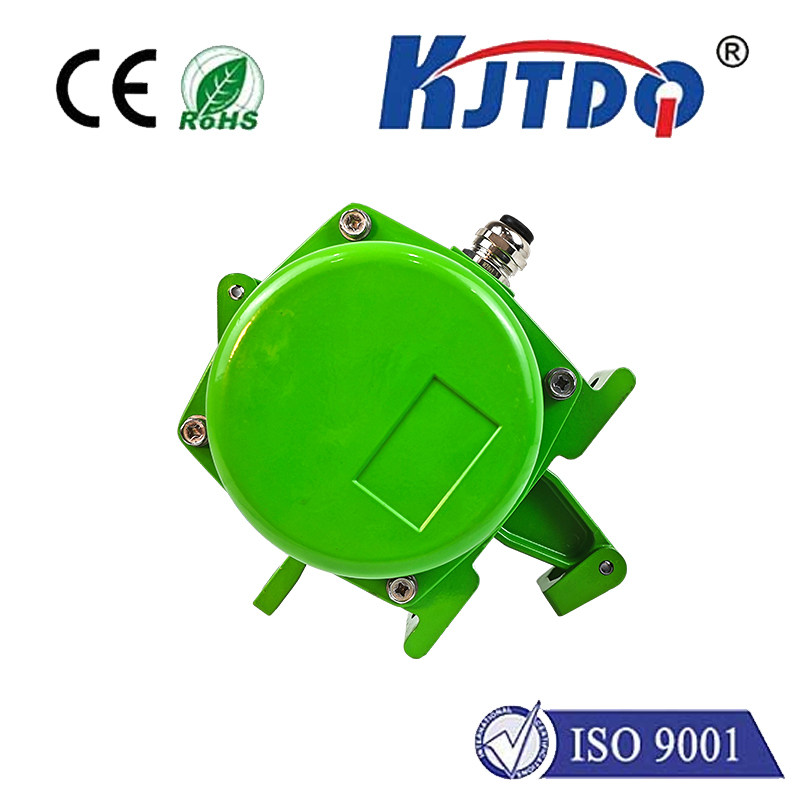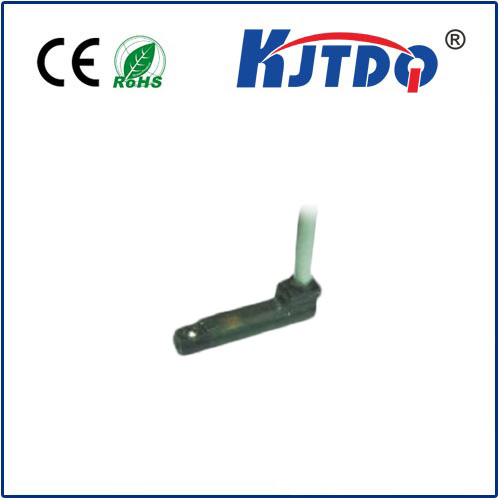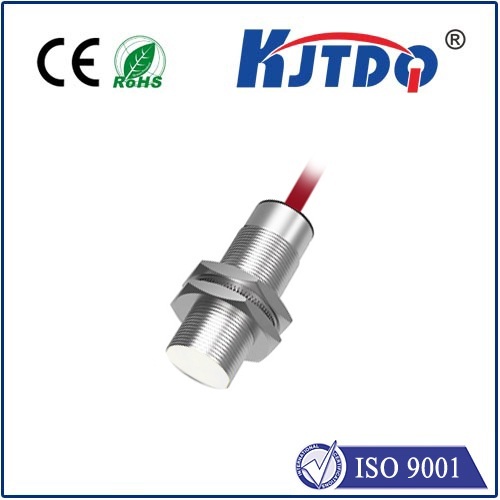Have you ever marveled at how your smartphone screen dims when held to your ear during a call, or how your smartwatch display automatically brightens outdoors? These seemingly effortless, almost magical interactions are powered by two crucial but often overlooked components: proximity sensors and ambient light sensors (ALS). Working individually and in tandem, they form a critical sensory layer that makes our devices not just functional, but intuitive and power-efficient. Understanding their synergy reveals the fascinating engineering behind seamless user experiences.
Decoding the Proximity Sensor: Your Device’s Sixth Sense
At its core, a датчик приближения detects the presence or absence of an object nearby without physical contact. Most commonly found in smartphones, these sensors operate primarily using infrared (IR) technology. Here’s how it typically works:
This detection triggers specific device actions. The most ubiquitous example is screen blanking during calls to prevent accidental cheek touches. However, proximity sensing technology extends far beyond phones:
Illuminating the Role of the Light Sensor: The Eye That Adapts
Working alongside, the ambient light sensor (ALS) has a distinct function: it measures the intensity of the visible light surrounding the device. Think of it as the device’s photodetector, mimicking the human eye’s pupil adaptation to brightness changes.
Key characteristics and functions include:
This adaptive brightness control is crucial. Removing the need for constant manual adjustment enhances user comfort and contributes significantly to device energy efficiency. Beyond displays, ALS plays roles in automatic camera flash control and optimizing the performance of other sensors or displays in varying lighting conditions.
The Power of Synergy: Proximity + Light Sensors in Concert
While each sensor excels individually, their true power emerges when they work together, creating smarter, more context-aware experiences. This sensor fusion is particularly evident in modern smartphones and wearables:
Beyond the Smartphone: Expanding Horizons
The versatility of proximity and light sensing ensures their relevance far broader than consumer electronics:
Engineering Evolution & Integration
Advancements continue to refine these sensors. Capacitive proximity sensors offer different detection characteristics. Some sophisticated multispectral ambient light sensors can even approximate color temperature. Crucially, miniaturization allows these components to fit into ever-smaller devices without sacrificing performance. The drive for low-power sensing ensures their continuous operation has minimal battery impact. Furthermore, sensor fusion algorithms are becoming increasingly sophisticated, intelligently combining data from proximity, light, accelerometer, gyroscope, and other sensors to understand device context and user intent more accurately than ever before.
Conclusion: The Silent Enablers of Intuitive Tech
Proximity sensors and ambient light sensors are fundamental building blocks of modern interactive devices. By detecting near-field objects and environmental brightness levels, they provide the essential context our gadgets need to interact intelligently with us and their surroundings. Their synergy enables seamless experiences like automatic screen control, adaptive brightness, and responsive UIs, all while diligently conserving energy. As technology evolves towards greater context-awareness and ambient intelligence, these unassuming sensors will undoubtedly continue to play a pivotal role, working tirelessly in the background to make our interactions with the digital world smoother, smarter, and less demanding. They are the quiet guardians of efficiency and usability, proving that sometimes the most impactful technology is the one you don’t even notice.









